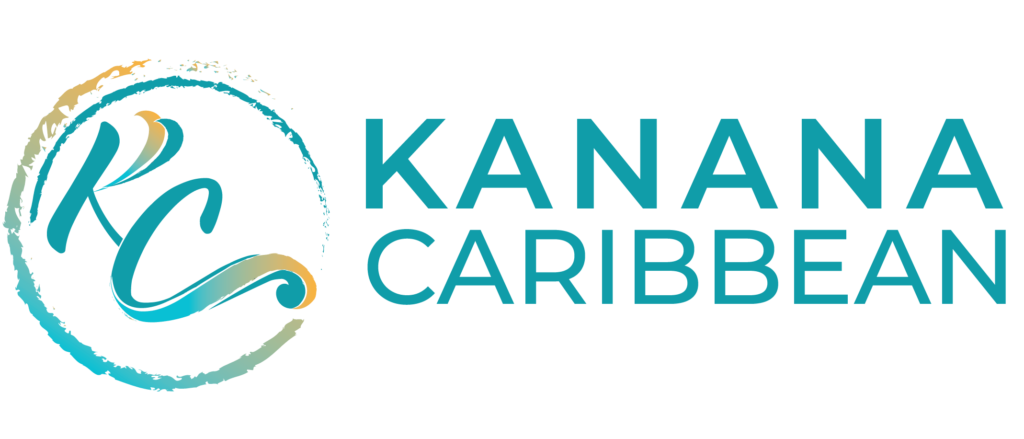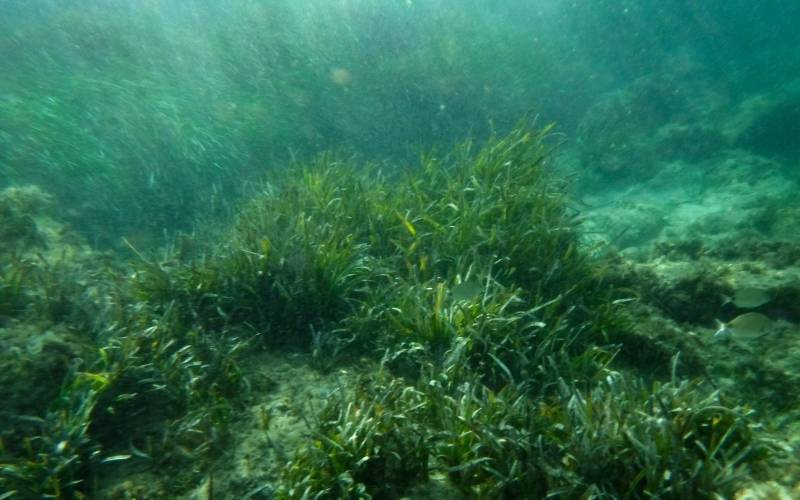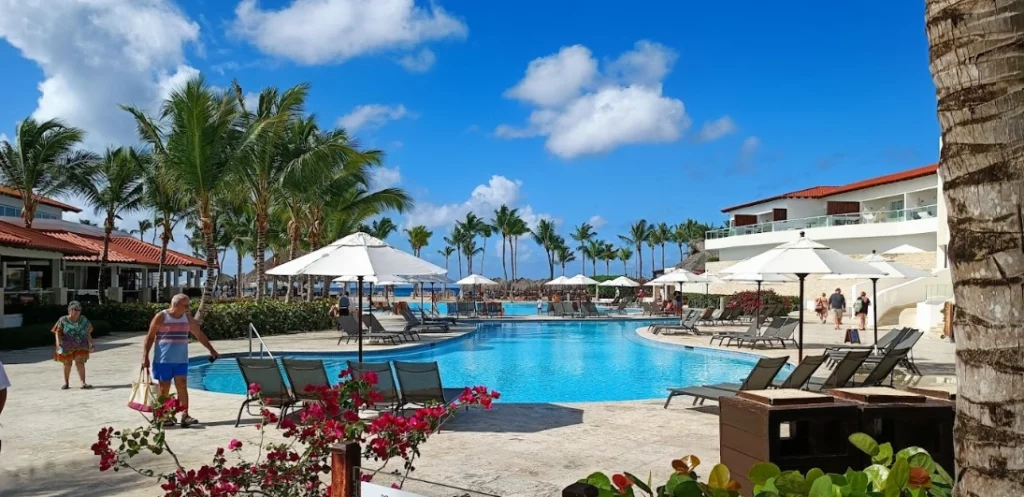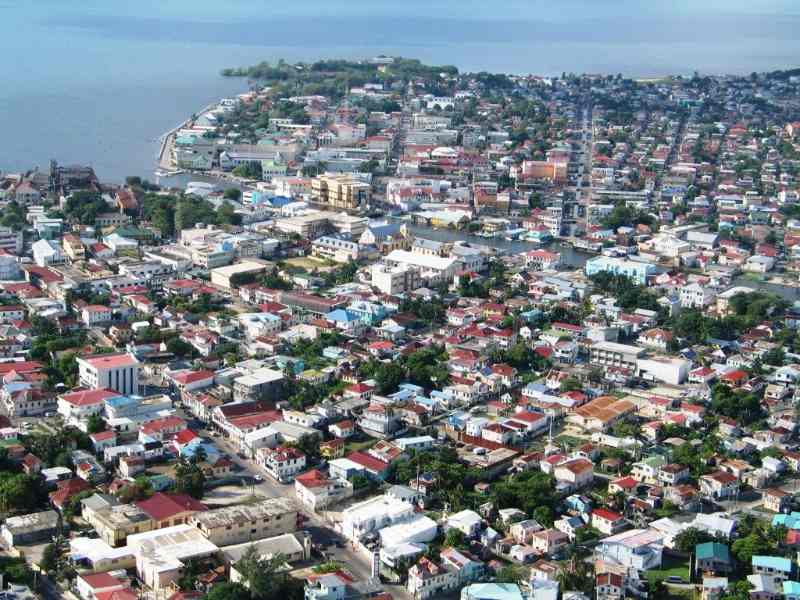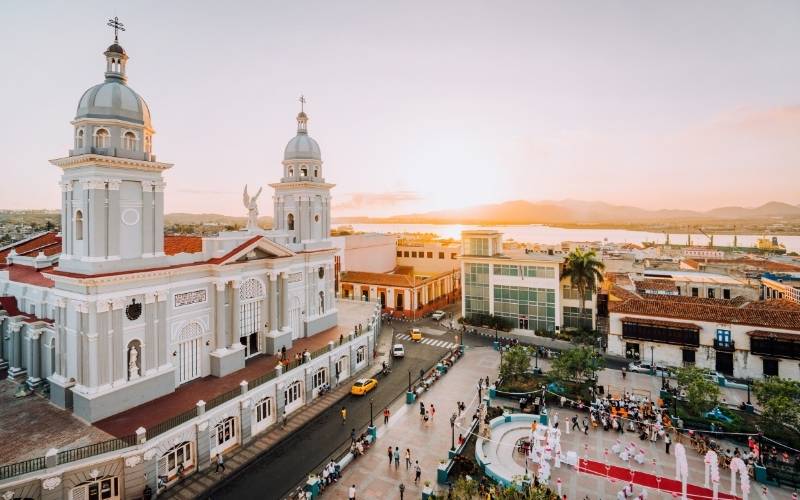
Planning Your Trip Wisely: Best Time To Visit British Virgin Islands
If you’re someone like me who craves off-the-beaten-path adventures and yearns to connect with nature in a breathtaking tropical setting, then 2024 is the perfect time to set your sights on the British Virgin Islands. This destination, consisting of over 50 diverse islands, feels like a personal slice of paradise.
As you step onto these enchanting islands, you’ll be greeted by pristine white sandy beaches that invite you to relax and unwind. The underwater world beckons with incredible diving and snorkeling opportunities, where you can witness the vibrant marine life amidst the clear turquoise waters. Explorers at heart will find enticing hiking trails that wind through lush landscapes, offering a chance to connect intimately with the natural beauty of the islands.
For those with a penchant for adventure, the British Virgin Islands present a wide array of boating options, allowing you to chart your own course through these serene waters. And of course, for those who enjoy a little indulgence, there’s an abundance of deliciously affordable rum to savor, making every moment on these islands feel like a personal discovery in paradise.
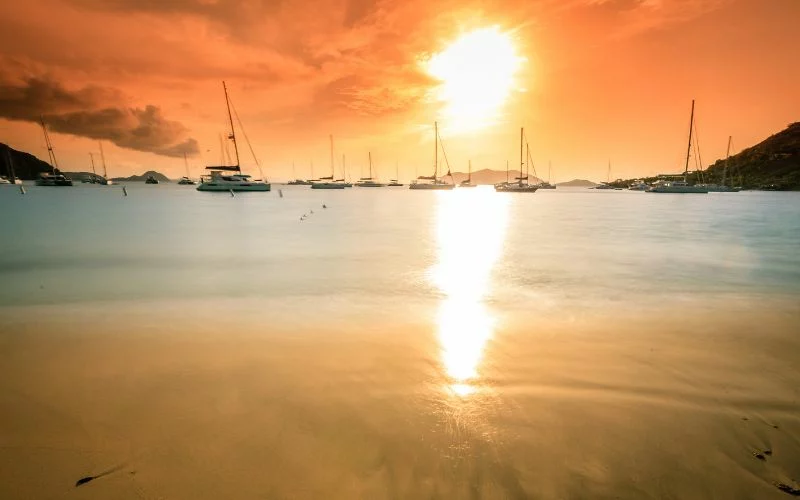
The British Virgin Islands is the ideal year-round getaway due to their pleasant temperatures throughout the year. The islands have two distinct seasons that vary based on rainfall: the wet season, which lasts from August to December, and the dry season, which lasts from January to April.
You can find all the pertinent details regarding the weather and the best time to visit British Virgin Islands in this article.
The Climate Of The British Virgin Islands
Table of Contents
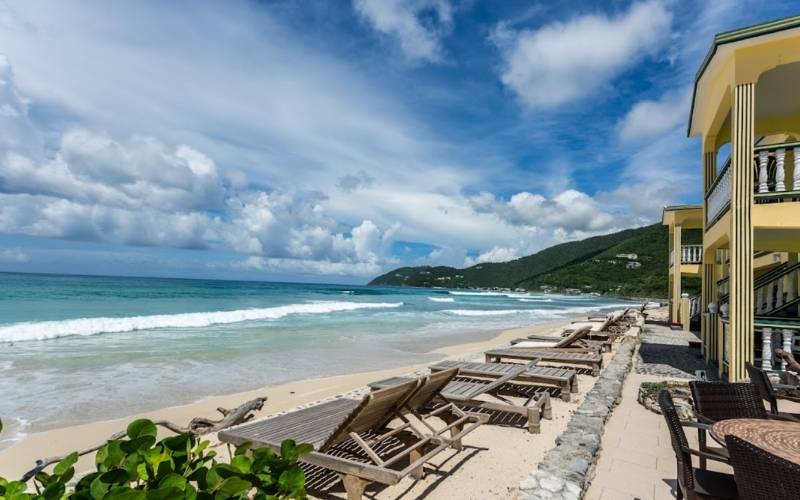
The British Virgin Islands, a tropical paradise nestled in the Caribbean, continue to be an idyllic destination for travelers in 2024. With its stunning natural beauty, crystal-clear waters, and a laid-back atmosphere, there’s no wrong time to visit. However, to make the most of your trip, it’s essential to consider the best time to visit the British Virgin Islands.
Best Time to Visit: December to April
The best time to visit the Virgin Islands is during the dry season, which typically extends from December to April. This period offers a perfect blend of warm, sunny weather and low rainfall, ensuring you can enjoy all the outdoor activities and water sports this destination has to offer.
Weather: During these months, you can expect pleasant temperatures ranging from 75°F (24°C) to 85°F (29°C). This comfortable climate makes it ideal for sailing, snorkeling, diving, and simply basking in the sun on the pristine beaches.
Water Conditions: The calm seas and clear waters of this period are perfect for underwater adventures. The visibility for snorkeling and diving is exceptional, allowing you to explore the vibrant coral reefs and diverse marine life that thrive in the region.
Festivals: Additionally, if you visit during the New Year period, you can partake in lively celebrations and regattas, such as the world-famous BVI Spring Regatta & Sailing Festival. These events infuse the islands with a festive atmosphere, featuring local music, delicious cuisine, and a warm sense of community.
Off-Season Considerations: While December to April is the best time for ideal weather, it’s also the peak tourist season, which means higher prices for accommodations and more crowded beaches and attractions. If you prefer a more budget-friendly and tranquil experience, consider visiting in the shoulder seasons of late April to June or September to November. Just be aware that these months may have more unpredictable weather with occasional rain showers and a higher chance of hurricanes, especially in September and October.
Hottest Month In The British Virgin Islands
The British Virgin Islands see their hottest weather in August and September, with daytime highs of 31°C (87°F) and lows of 27°C (80°F). Mid-June to mid-October is considered the hot season, with daily highs typically exceeding 30°C (86°F).
Coldest Month
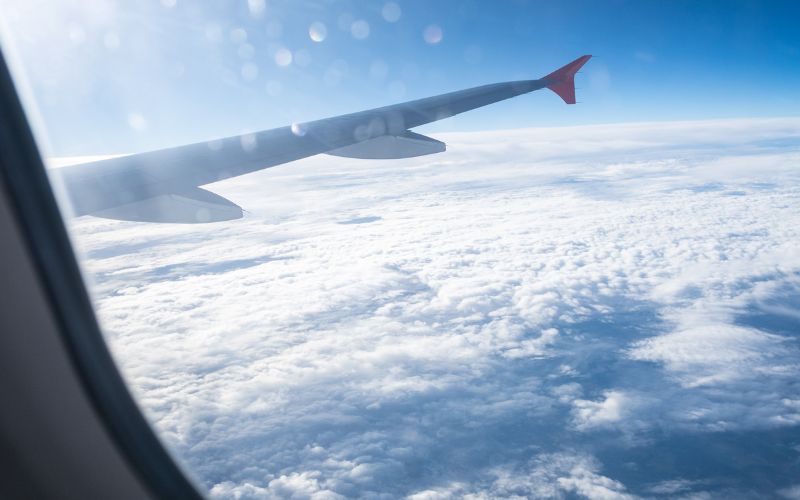
Road Town experiences its coldest weather in February, with an average high temperature of 28°C (82°F) and a low temperature of 24°C (75°F). Mid-December through the beginning of March is considered the chilly season, with an average daily high temperature of less than 29°C (84°F).
Sunniest Month In The British Virgin Islands
The British Virgin Islands sunniest month of the year is March, with nine hours of bright sunshine per day, or an average of 73% of the daytime hours.
Rainiest Month Of British Virgin Islands
In the British Virgin Islands, September and October tend to be the wettest months with an average rainfall of 145 mm and 14 days with some precipitation.
There is a larger than 17% probability that any given day would be rainy during the wet season, which runs from May to early December. Variable rainfall occurs, with bursts of heavy deluge. On the other hand, there is still a lot of sunshine even from September to November, when it is the rainiest time of year.
British Virgin Island’s Windiest Month
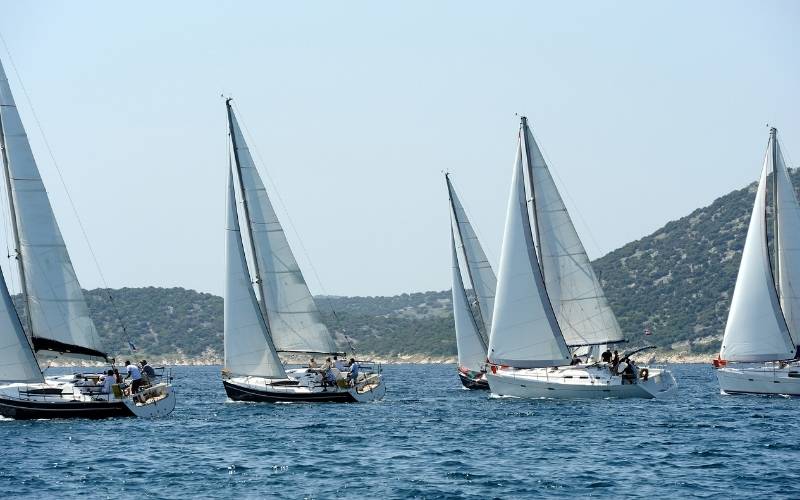
With an average hourly wind speed of 25.7 kilometers per hour, July is the windiest month in the British Virgin Islands (13.9 knots). Early June through the end of August are the windiest months of the year, with average wind speeds of more than 22 km per hour (11.9 knots).
September to early June is when things are most tranquil. With an average hourly wind speed of 19.6 kilometers per hour, October is the British Virgin Islands month with the least amount of wind of the year (10.6 knots). Road Town, Tortola experiences the majority of its hourly average winds from the east throughout the year.
Cloudiest Month Of British Virgin Islands
The average proportion of sky covered by clouds in the British Virgin Islands varies greatly seasonally throughout the year. In the British Virgin Islands, the clearer season starts around November 17 and lasts for 5.4 months, finishing around April 29.
In the British Virgin Islands, January is the clearest month of the year, with the sky remaining clear, mostly clear, or partly cloudy 82% of the time. Beginning around April 29 and lasting for 6.6 months, the cloudier period of the year ends around November 17.
The British Virgin Islands’ cloudiest month of the year is September when the sky is overcast or mainly cloudy 66% of the time on average.
Risk Of Tropical Storm In The British Virgin Islands
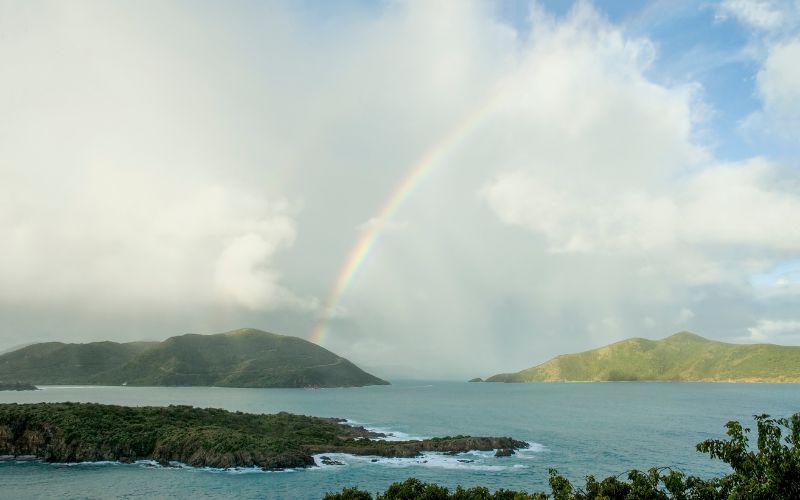
In the British Virgin Islands, the chance of a tropical storm is highest during hurricane season, with a probability of 3.7% in September. Between June and the beginning of November is hurricane season.
Hurricanes in the Atlantic Ocean that are headed for Florida and the Gulf of Mexico straight pass over the British Virgin Islands. The months of July through October have the highest danger of a hurricane.
When’s the Sea Warmest in the British Virgin Islands?
In the British Virgin Islands, the sea is often at its warmest in September when the temperature hits 29°C (84°F).
When Is The Best Time To Visit The British Virgin Islands?
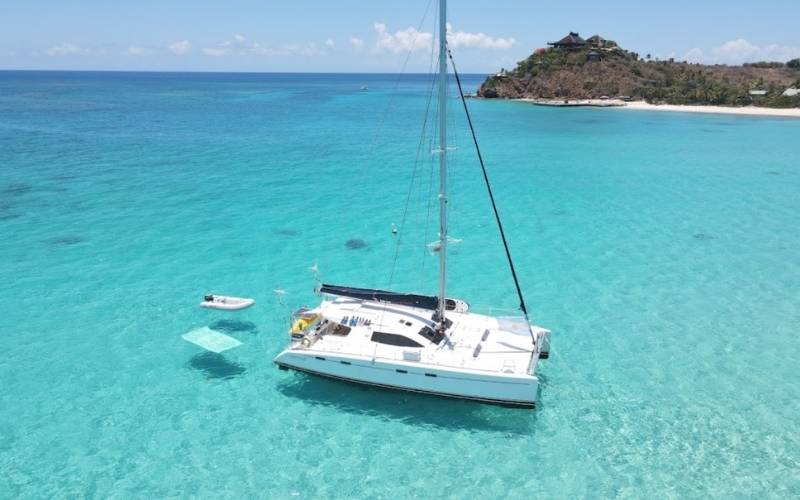
Late spring through the middle of summer is the ideal time to visit the British Virgin Islands. but only up till mid-summer. It should come as no surprise that swimming is preferred from late spring through mid-summer when temperatures are warm enough.
The greatest time to visit these nearby cousins of the U.S. Virgin Islands isn’t always when it’s warm outside. Some of the warmest months are not the best seasons to travel because of the yearly hurricane season in the Caribbean.
Because of this, September through November, when monthly precipitation averages more than five inches, are the worst months to visit the British Virgin Islands. According to the Caribbean Tourism Organization, the British Virgin Islands welcome around 600,000 tourists annually (CTO).
Cruise passengers and stopovers, who stay for a few days or weeks, account for approximately equally as many of them. Eastern Caribbean cruises frequently call in Tortola as a port of call. Virgin Gorda and Jost Van Dyke are two additional well-known islands in the chain.
The most and least popular months to visit the British Virgin Islands are shown by statistics on tourism. According to CTO statistics, March is the most popular month to travel to the British Virgin Islands, while September is the least popular. March is well-liked for several reasons, such as school spring vacation and rising temperatures.
Due to northerners’ desire to escape the chilly winter weather, January and February are the next two most popular months. Since September falls during the height of hurricane season, it is the least favored month. Overnight trips and cruises both experience a decline this month. For the same reasons, October is the second-worst month of the year.
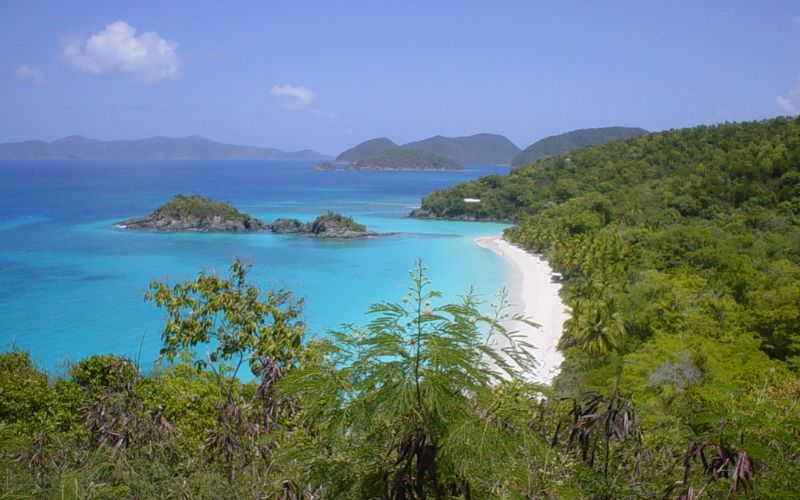
Although it gets less rain than November, August is third on the list of least-liked months. The most popular travel months of the year are January through March, during which the British Virgin Islands experience a dry season with an average monthly rainfall of fewer than two inches. However, it’s not always advisable to go during the busiest travel seasons.
The busiest months see a rise in both crowds and costs. March will be a popular month for families traveling during the dry season because it includes spring break. The best months for those without kids may be January or February due to fewer tourists and cheaper pricing. Other months feature only a little bit more rain on average but more enticing temps for beachgoers.
Between two and three inches of rainfall on average each month in April, June, and July, and these months are less crowded than January through March. A little bit more than three inches are typical in May. Additionally, the temperatures there are typically a few degrees warmer.
The yearly hurricane season in the Caribbean includes June and July. Therefore, April is the ideal month to travel to the British Virgin Islands. However, December to April is the busiest travel period, particularly for tourists from Europe and North America. During this time, hotel rates and airfare costs are at their highest.
Additionally, this is the time of year when the weather is at its best and sailing season is in full flow. May and June are ideal for those who value fewer crowds, pleasant weather, and the benefits of affordable housing. Heavy rains occur in September, and it’s advisable to avoid the hurricane-prone months of July through November.
KEY TAKEAWAYS ...🛪
This is the place to go if your concept of the ideal Christmas and New Year season involves relaxing on white-sand beaches beneath palm trees swaying in the gentle breeze and switching out mulled wine for a Painkiller Cocktail.
A lively beach bar is an ideal place to unwind after a day of sailing, swimming, or snorkeling in the comfortable warmth of the mid-20s to mid-30s from December to March.
